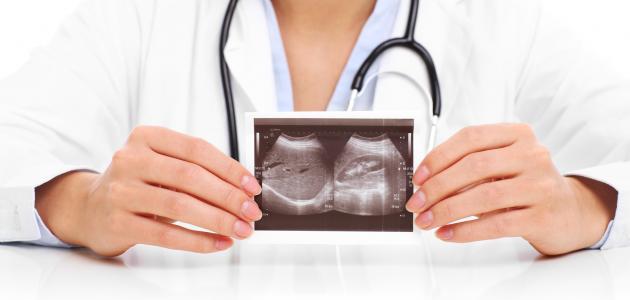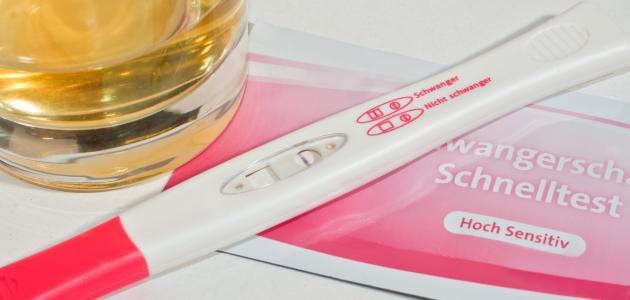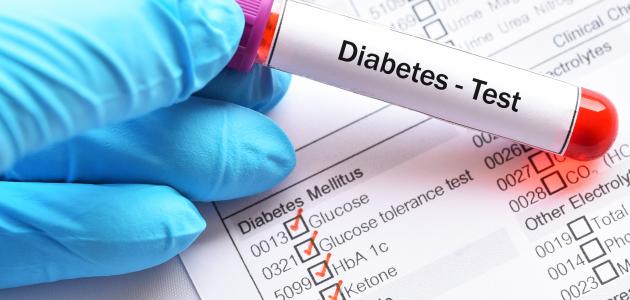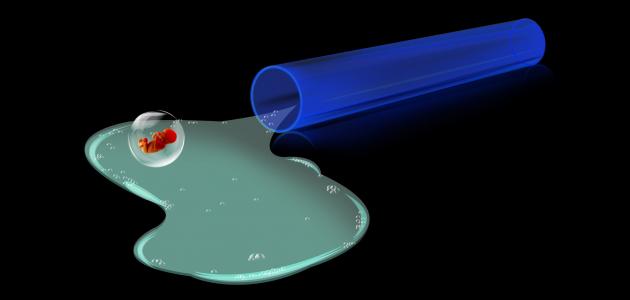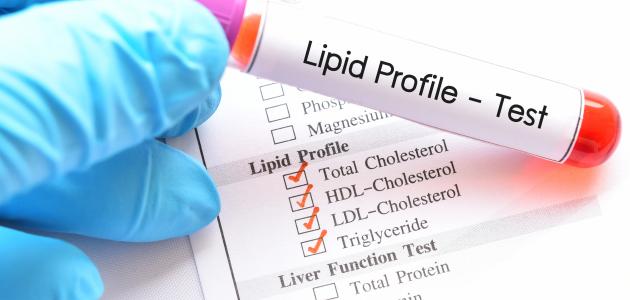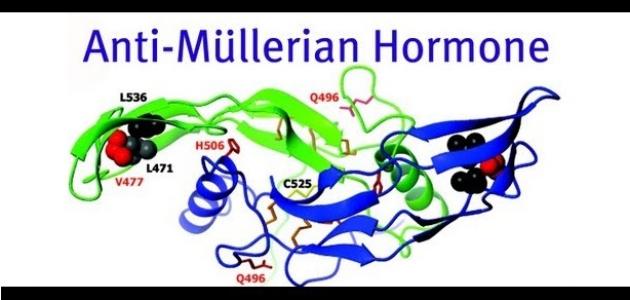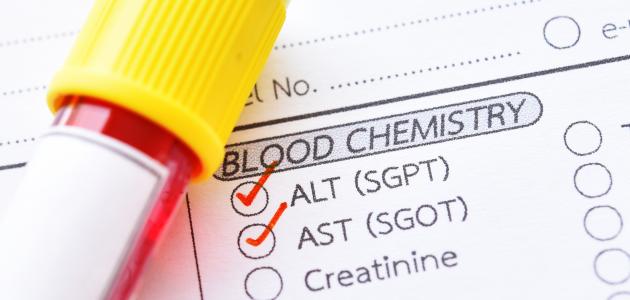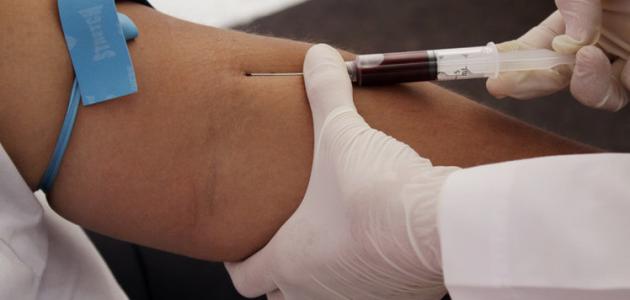Contents
Hb Electrophoresis analysis
This examination is known medically as hemoglobin electrophoresis or hemoglobin electrophoresis, and it is a blood test that aims to measure and identify the different types of protein present in red blood cells, known as hemoglobin, and this protein is responsible for transporting oxygen to tissues and organs. Some genetic mutations lead to disturbances in the production and functioning of hemoglobin , which reduces the amount of oxygen that reaches the tissues and organs. [1]
Types of abnormal hemoglobin
There are hundreds of abnormal forms of hemoglobin, which may disturb the functions of red blood cells , some of which are common and others less common, and the following is an explanation: [2]
Common types
Here are some of the most common types of abnormal hemoglobin: [2]
- Hemoglobin S: It is the primary hemoglobin in people with sickle cell anemia, where hemoglobin S causes a deformation in red blood cells, so their shape becomes like a sickle when exposed to conditions in which oxygen is low, as is the case when exercising physical exertion, It is worth noting that sickle red blood cells are rigid and can block some small blood vessels , leading to poor blood circulation, causing pain, and limiting the ability of red blood cells to deliver oxygen, in addition to shortening the life of red blood cells.
- Hemoglobin C: Although this type is rare and does not usually cause any symptoms, it may cause hemolytic anemia and an enlarged spleen .
- Hemoglobin E: This type of hemoglobin is one of the most widespread types of hemoglobin in Southeast Asia, especially in Cambodia, Laos, and Thailand. In fact, the red blood cells of carriers of this type of hemoglobin are small in size, and they may suffer from anemia Mild hemolytic and spleen enlargement.
Less common types
There are many less common abnormal types of hemoglobin, and it is worth noting that some of these types are silent so that they do not cause any signs or symptoms, while others affect the functions or stability of hemoglobin, and hemoglobin D, hemoglobin G, hemoglobin J, and hemoglobin M, examples of these types, and other additional examples: [2]
- Hemoglobin F: It is the primary hemoglobin produced by the fetus , and it is characterized by its ability to transport oxygen efficiently when the oxygen concentration is low. Its concentration may be elevated in many congenital disorders, such as in thalassemia and sickle cell anemia.
- Hemoglobin H: It is an abnormal hemoglobin that occurs in some cases of alpha thalassemia, and the presence of hemoglobin H causes the dissolution of red blood cells, as it is unstable and tends to form solid materials inside red blood cells, and it is worth noting that this type of hemoglobin is not associated with serious medical problems Common, but it can often lead to anemia .
Indication for the examination
Different abnormal types of hemoglobin appear as a result of inheriting mutations of the genes responsible for producing hemoglobin. Therefore, people may be asked to take a hemoglobin electrophoresis test to identify disorders related to hemoglobin production. Among the reasons and reasons for performing this test are the following: [1]
- Routine examination: The doctor may order a hemoglobin electrophoresis test as part of the routine checks.
- Diagnosing blood disorders: The doctor may request a hemoglobin electrophoresis test in case of symptoms of anemia, as this test helps to identify the abnormal types of hemoglobin in the blood of the patient, if any, and among the diseases and disorders that are associated with abnormal types of hemoglobin, sickle cell anemia, and thalassemia. , and polycythemia vera .
- Treatment monitoring: This test can be performed to monitor levels of different types of hemoglobin when receiving treatment for hemoglobin-related disorders.
- Screening for genetic conditions: People with a family history of hereditary anemia such as thalassemia or sickle cell anemia may choose to perform this test to detect genetic disorders before having children , and newborns are routinely screened for these genetic disorders of hemoglobin.
Normal values for hemoglobin species
Normally, type A hemoglobin accounts for most of the blood's hemoglobin content in adults. The following is an outline of normal hemoglobin values that can be used as a guide to interpret the results: [1]
- Hemoglobin A: It makes up 95-98% of the total hemoglobin.
- Hemoglobin A2: It constitutes approximately 2-3% of the total hemoglobin.
- Hemoglobin F: It constitutes 1-2% of the total hemoglobin.
- Abnormal types of hemoglobin: 0%.
How to perform the examination
The examination does not need to do anything special to prepare for it, as this test is done by taking a blood sample from the arm . By inserting a small needle with a tube attached to it to collect blood, and when enough blood is drawn, the needle is removed and the site covered with gauze, then the blood sample is sent to the laboratory for analysis, where an electric current is passed through the hemoglobin in the blood sample, which leads to the separation of the species Different types of hemoglobin, which are compared with a healthy blood sample to determine the types of hemoglobin present in the test sample. [1]
Interpretation of examination results
Some of the results can be interpreted as follows: [3]
- The presence of hemoglobin S, with the presence of hemoglobin A rate higher than that : This case may be present in some cases of sickle cell anemia or disease thalassemia Alpha sickle ( in English: Sickle α-thalassemia).
- Presence of hemoglobin S and hemoglobin F, but absence of hemoglobin A: This may occur in some types of sickle cell anemia and beta-thalassemia.
- Increased hemoglobin F: This is in the case of Hereditary persistence of fetal hemoglobin, sickle cell anemia , beta-thalassemia, and others.
References
- ^ A b t w "What is a hemoglobin electrophoresis test? " , www.healthline.com , Retrieved 16-3-2018. Edited.
- ^ A b v "hemoglobin Abnormalities" , Www.labtestsonline.org , Retrieved 16-3-2018. Edited.
- ↑ "Hemoglobin Electrophoresis" , emedicine.medscape.com , Retrieved 25-3-2018 . Edited.

